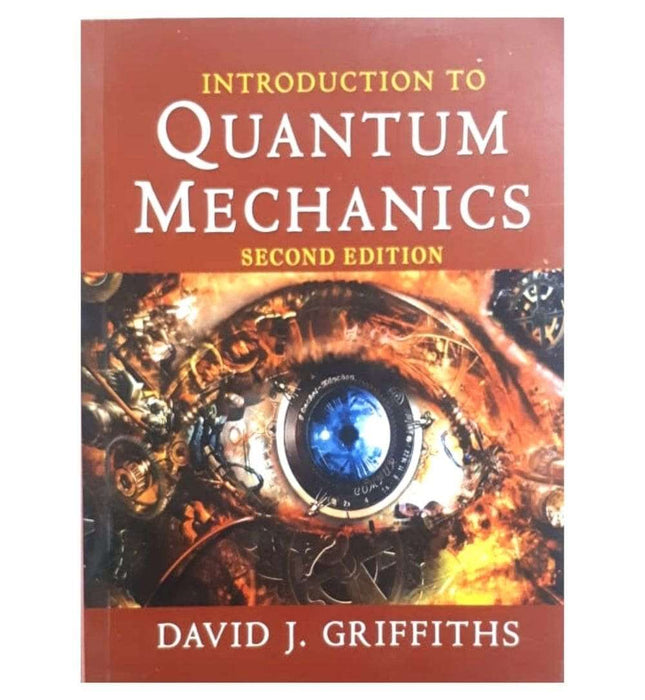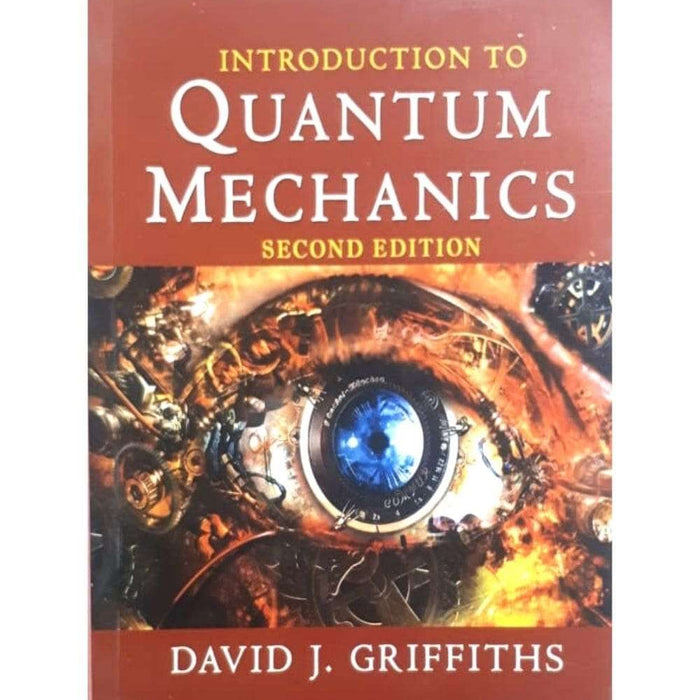Introduction to Quantum Mechanics 2nd Edition by David J. Griffiths
- Publisher: PHYSICS
- Availability: In Stock
- SKU: 09498
- Number of Pages: 527
Rs.490.00
Rs.590.00
Tags: 2nd edition , angular momentum , David J. Griffiths , Heisenberg uncertainty , operators , particle in a box , perturbation theory , Quantum Mechanics , quantum physics. , quantum tunneling , Schrödinger equation , spin , undergraduate physics textbook , wave functions , wave-particle duality
David J. Griffiths' Introduction to Quantum Mechanics is a widely recognized textbook that provides a solid foundation in the principles and applications of quantum mechanics. Written with clarity and accessibility in mind, this book is aimed at upper-level undergraduates and emphasizes both theoretical rigor and practical problem-solving. The 2nd edition refines explanations, adds new examples, and includes more extensive problem sets to aid in comprehension.
Key Points
-
Introduction to Quantum Theory: The book begins with the historical context and motivation behind quantum mechanics, covering experiments like the photoelectric effect and blackbody radiation that led to the development of quantum theory.
-
Mathematical Foundation: Griffiths introduces the necessary mathematical tools, including linear algebra and complex numbers, ensuring students understand the mathematical underpinnings of quantum mechanics.
-
The Schrödinger Equation: A core component of the text, the Schrödinger equation is derived, explained, and applied to several scenarios. Griffiths emphasizes its fundamental role in quantum mechanics as the equation governing quantum states.
-
Wave-Particle Duality: Griffiths examines wave-particle duality, including concepts like wave functions, probability densities, and the normalization condition, laying the foundation for understanding quantum behavior.
-
Operators and Observables: The text explains the concept of operators and observables, such as momentum and position, and covers their properties, including commutation relations and eigenvalues.
-
The Uncertainty Principle: The Heisenberg uncertainty principle is explored in detail, demonstrating the inherent limitations in measuring certain pairs of physical properties simultaneously.
-
Applications to Simple Systems: Griffiths applies quantum principles to systems such as the particle in a box, harmonic oscillator, and hydrogen atom, showing how theory translates to real-world scenarios.
-
Spin and Angular Momentum: The book discusses angular momentum and spin, including the associated quantum numbers, and their applications in understanding atomic structure.
-
Perturbation Theory: An introduction to perturbation theory and its applications in non-degenerate and degenerate systems, allowing students to analyze complex systems where exact solutions are difficult to obtain.
-
Scattering and Quantum Tunneling: Griffiths addresses scattering theory and quantum tunneling, phenomena critical in fields such as nuclear and particle physics, highlighting their theoretical and practical implications.
Conclusion
Griffiths' Introduction to Quantum Mechanics is a highly accessible and thorough textbook that covers the essentials of quantum mechanics with depth and clarity. The book combines theoretical explanations with practical examples, making it an excellent resource for those new to the subject and for students seeking a comprehensive understanding of quantum mechanics. Its problem sets and clear, conversational style make it ideal for self-study or classroom use.
════ ⋆★⋆ ═══
Writer ✤
David J. Griffiths (Author), Darrell F. Schroeter (Author)


























